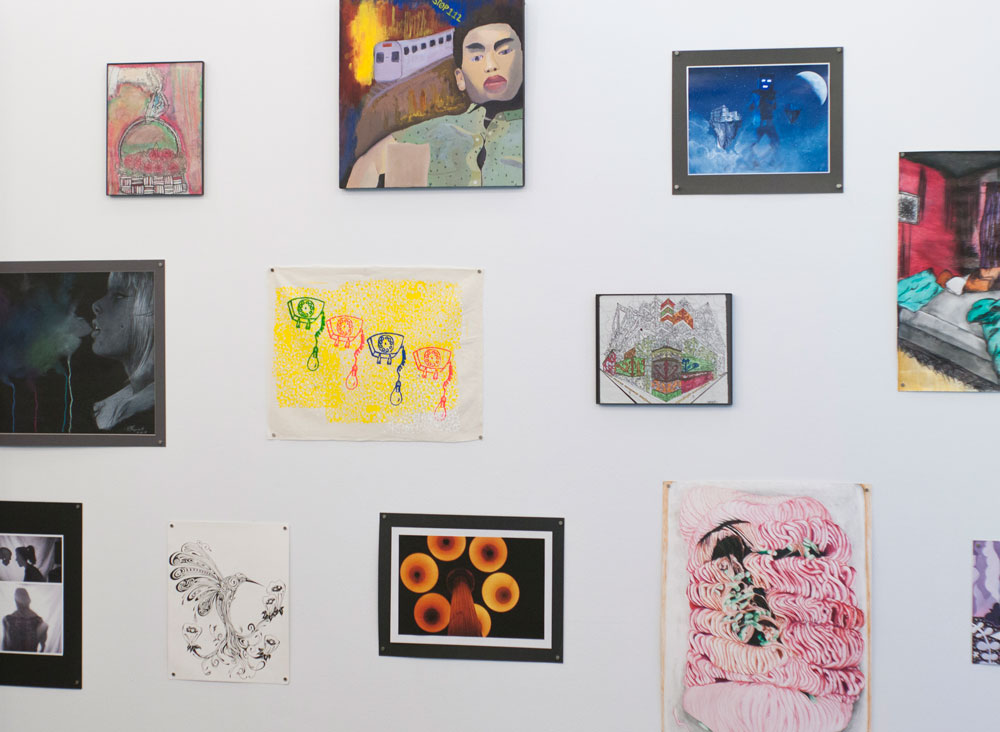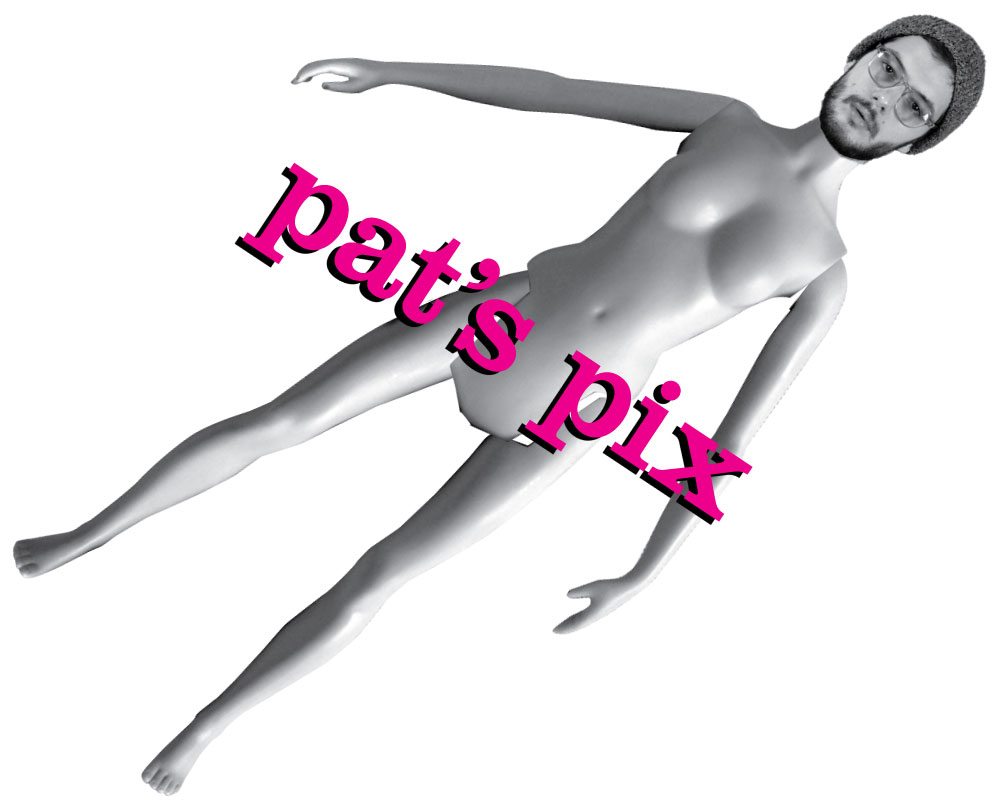Documentary Peeks Inside Shepard Fairey’s Artistic Process
The Barack Obama “Hope” poster that became an icon of the president’s 2008 campaign is one of the most culturally resonant images of the past 20 years. The red-and-blue portrait is deeply ingrained in both American public consciousness and on the bumper of countless cars. The image itself is certainly memorable, but have you ever stopped to wonder who created it in the first place?
Shepard Fairey is an American street artist who began his practice in Rhode Island and created and distributed the “Hope” image via a free download on his personal website. Curiously, he was never directly involved with the Obama campaign; instead, he used the proceeds from sales of the poster of that image to help enable people to distribute it online for free.
Fairey is a punk rock fan, a gallery owner, and now the subject of Obey the Artist, a short film by director Ondi Timoner that focuses on both his artistic process and his DIY business model and showcases the ever-evolving relationship between artists and social media. Timoner provides an intimate portrait of Fairey’s work as well as highlights his self-directed business model, following Fairey as he creates a twelve-foot mural in Los Angeles.

The mural-in-focus is based off of a National Geographic photo by Aaron Huey that depicts a young Native American boy and his horse. Fairey is an active supporter of Honor the Treaties, a charitable organization that is dedicated to building a platform for Native American artists to display their own artwork. He spoke of his involvement with the organization in the film, saying, “this history is important and it shouldn’t be allowed to fade away.” The film, which is available online, will be donating a portion of proceeds from each sale to that organization.
Fairey’s art is often intrinsically motivated by social and political issues. He seeks a majority of his inspiration as an artist from punk music, citing The Sex Pistols as one of his main influences. He enjoys bringing art and music together and often compares graffiti to punk music, saying, “you don’t have to be a virtuoso…you don’t have to be Mozart.” The do-it-yourself ideologies of punk music are firmly imbued within his work.
Rather than going through a gallery, Fairey prefers using his website to sell prints and promote his various projects. He became a businessman in order to better support and expand his art practice. Eventually, he did procure his own solo show at the Institute of Contemporary Art, Boston in 2009, but it did not go so well: he was arrested for street art and associated charges while he was on his way to his own opening.
Obey The Artist is currently available online as part of a “Chief Executive Artist” bundle of films, along with two other documentaries by Timoner: Amanda F—ing Palmer On The Rocks and Russell Brands The Bird. All three efforts are concerned with how these artists make their art more accessible to the general public. Amanda Palmer is notorious for funding her tours and albums through donations; she forgoes fancy hotels when touring and instead chooses to couch surf from place to place by contacting generous hosts via Twitter. Russell Brand is also an active Twitter user and uses the micromedia platform to better connect and converse with his fans.
Perhaps as the wall between artists and spectators becomes more and more transparent, the desire to know not only why artists work but how they work will only increase. This sense of intimacy is certainly present in Obey the Artist. Viewers are allowed to peek into the most intricate parts of Fairey’s practice, almost as if they are silently working alongside him.
The idea of allowing a viewer to engage with an artist from a voyeuristic standpoint is most potent within the context of street art. At the end of the film, Fairey is shown perched upon scaffolding, spray painting intently while the citizens of Los Angeles go about their day oblivious to the spectacle occurring above them. They are a part of his practice, whether they are aware of it or not.
Social media satisfies our need to feel like we know someone without having to put in the work to cultivate a sustainable relationship. It gives us a small glimpse into the art world, but without forcing us to pick up a paintbrush. In Obey the Artist, Fairey explains it best:
“An image is a superficial thing by its very nature. It can lead people down a path, but it’s up to them whether they care enough to go further down that path.”







